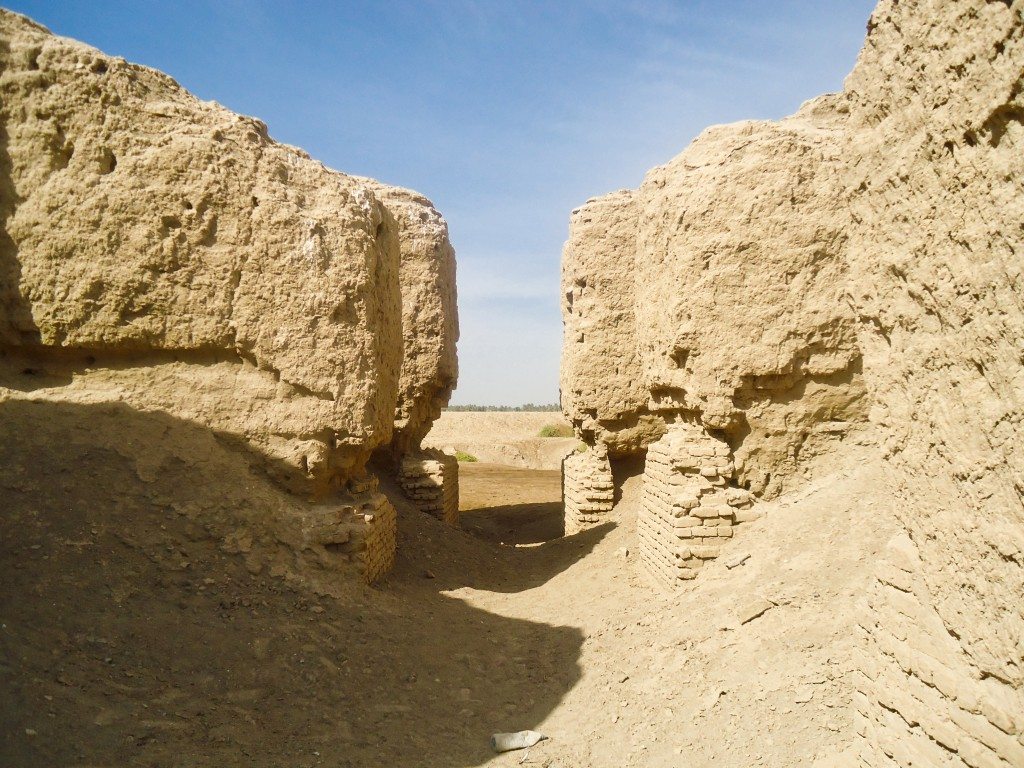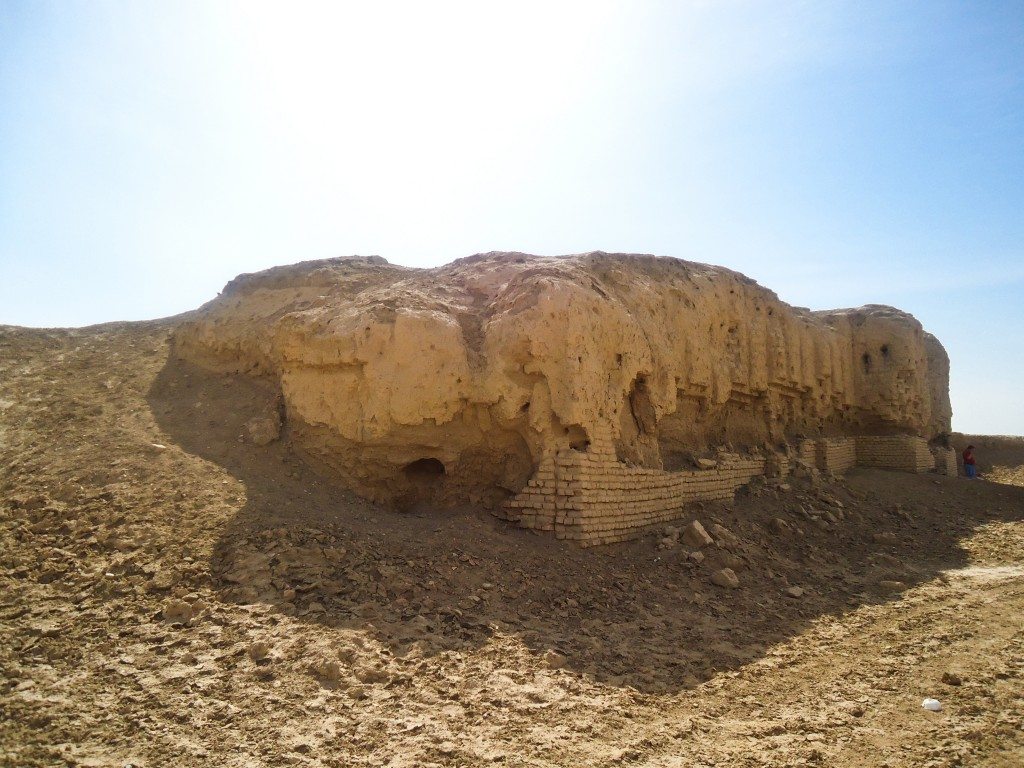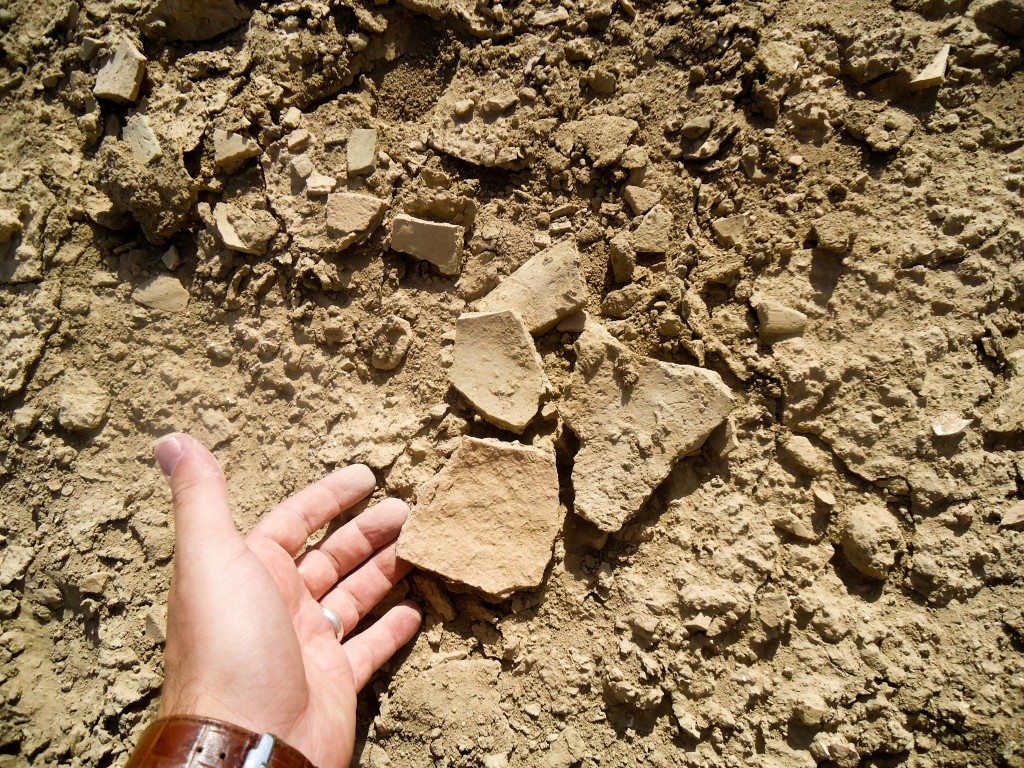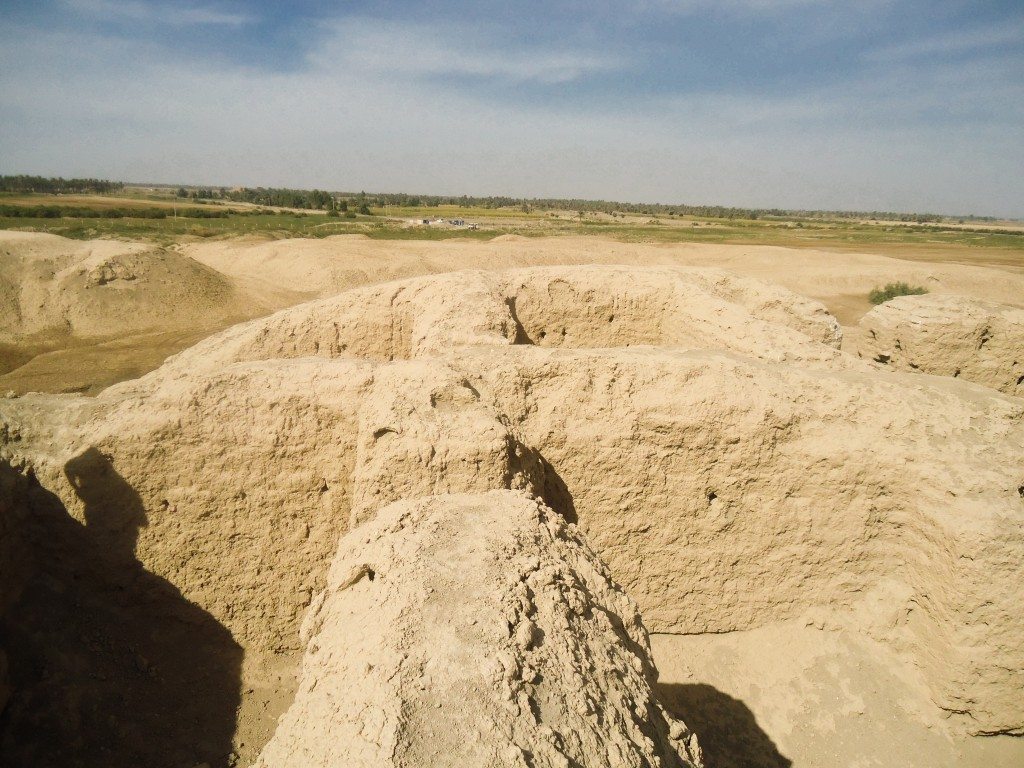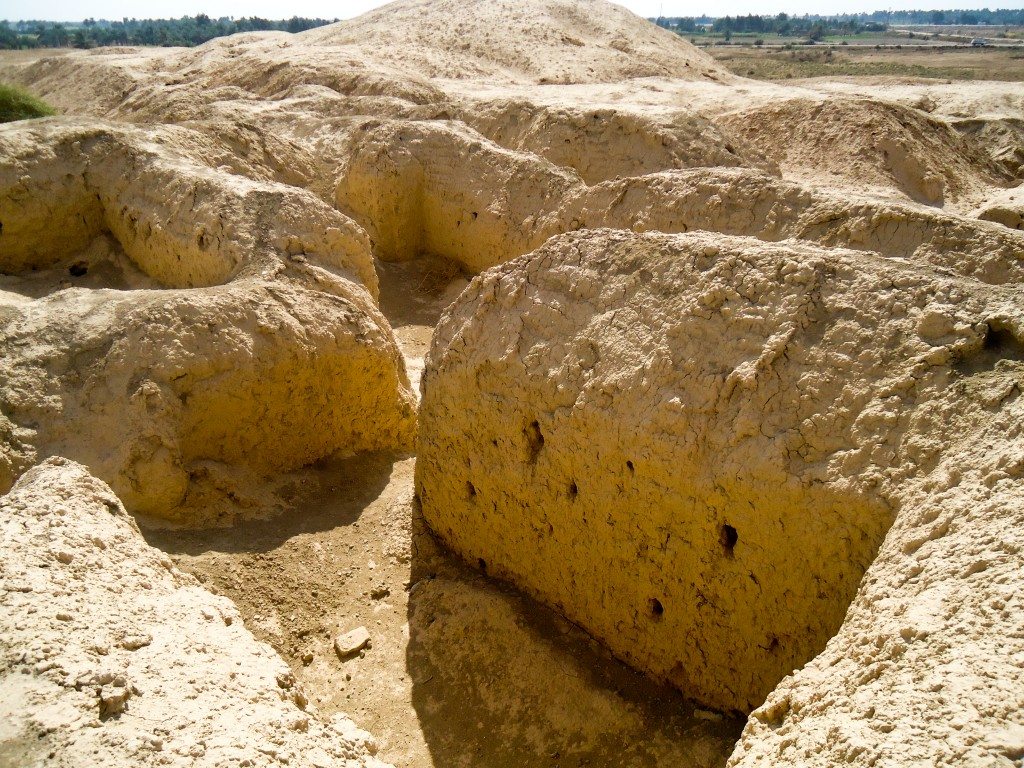After visiting Babylon and Borsippa, I planned to visit the ancient city of Kish in modern-day Iraq. I had an obstacle; how to get there? It is not a typical site for tourists or the public. The site was an American military base for a few years after the US-led invasion in 2003. After they withdrew from the site, the Iraqi army prevented people from going there, because, simply, it is a target for looters and illegal excavations!
I drove my car and kept my fingers crossed. The ancient city of Kish lies about 12 km to the east of Babylon. I took my uncle and cousin with me. I’m not familiar with the area, but we found it in the end. A security checkpoint stopped us… no way to Kish! My cousin made some phone calls to certain people; bingo, we could go in!
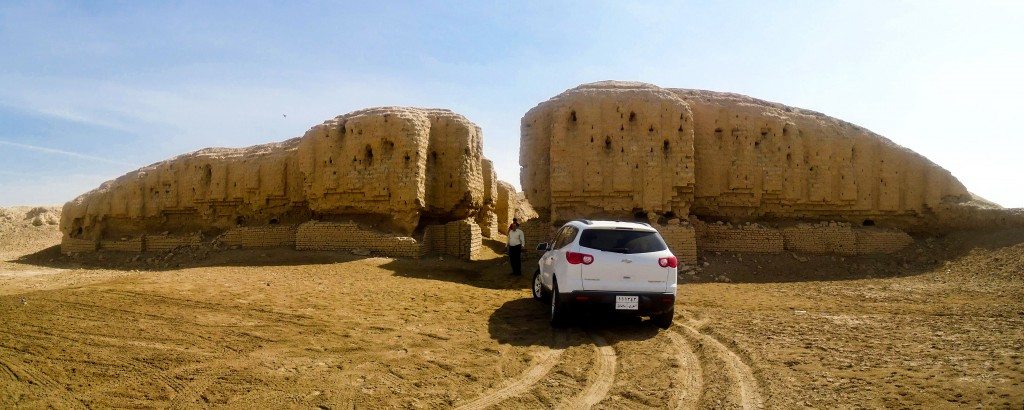
The most striking thing you encounter when you visit Kish, is this: ruins of a ziggurat. Photo © Osama S. M. Amin.
Kish is composed of multiple mounds. Its modern-day location is Tell Al-Uhaymir (Arabic: تل الاحيمر), within Babel Governorate, Iraq. Tell Al-Uhaymir means “the red hill”; the bricks and the sand are all dark brown-red. Kish was inhabited since the period of Jemdet Nasr (3100-2900 BCE) into the Seleucid era. It was one of the famous 12 city-states of Sumer and became a prominent Mesopotamian power during the Early Dynastic Period (2900-2300 BCE). It was the first Sumerian city-state to have kings after the great flood (deluge).
What a sensation I had! Indescribable! This is a 5000-year-old city! FIVE THOUSAND! Several archeological teams from France, the United Kingdom, the United States, and Japan have excavated the area during the past century. The most striking surviving structure is the ruins of a ziggurat, which was probably built by King Nebuchadnezzar II (605-562 BCE). I walked throughout the area and went to the top surface of the ziggurat’s ruins. Nothing particular other than the ziggurat drew my attention. There were many square room-like areas and long wall-like structures; I don’t know what these represent. There were no signs and the mound was not surrounded by any fence. There was a deadly silence, though! I sat on the ziggurat; I stared at the whole area. “Who lived here and who died here?” I asked myself.
This marks the end of my visit to Babylon, Borsippa, and Kish! The next day, I went back home. It was and will remain an unforgettable experience!
Ziggurat Brickwork
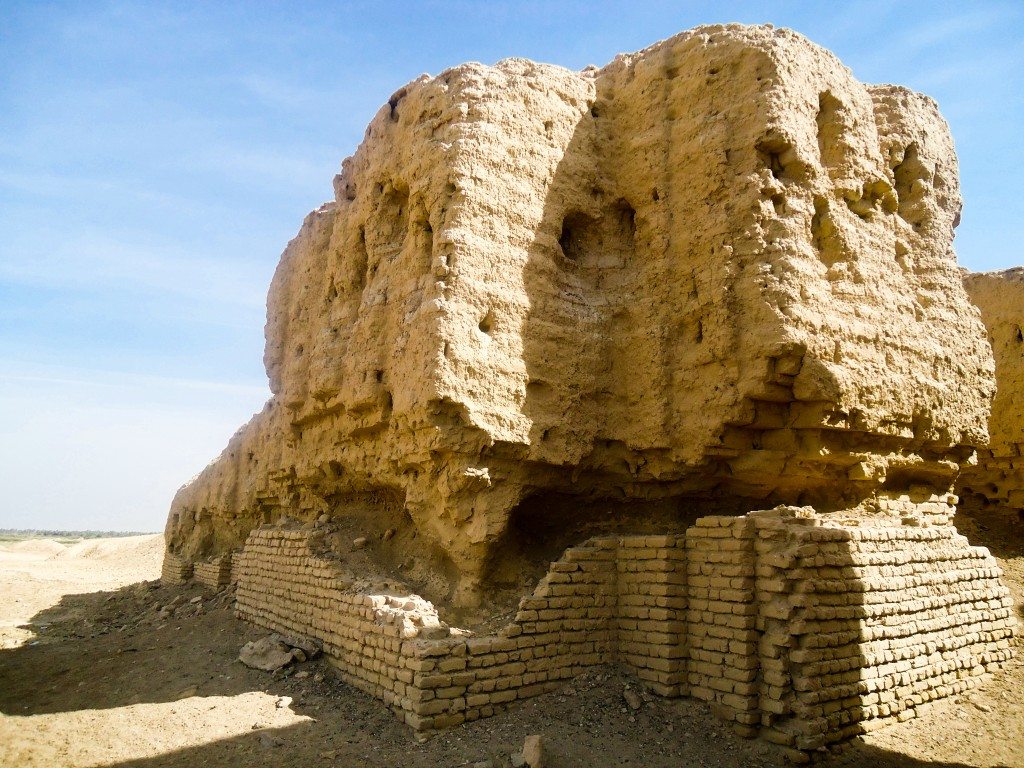
Part of the ziggurat. The bricks on the foundation seem to be a modern type, not an ancient one. This is likely to prevent collapsing. Pigeons have made these gaps within the ruins! Photo © Osama S. M. Amin.
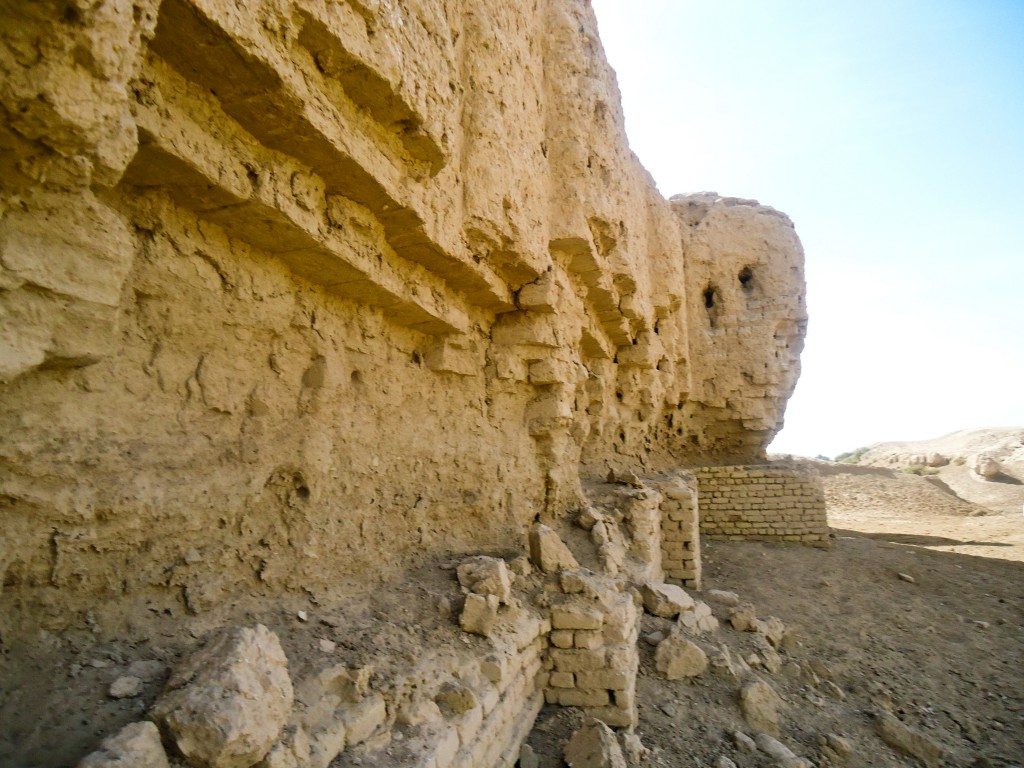
Ruins of the ziggurat at Kish. Note that the mud-bricks have been falling down for some time. Photo © Osama S. M. Amin.
Inside the Ziggurat
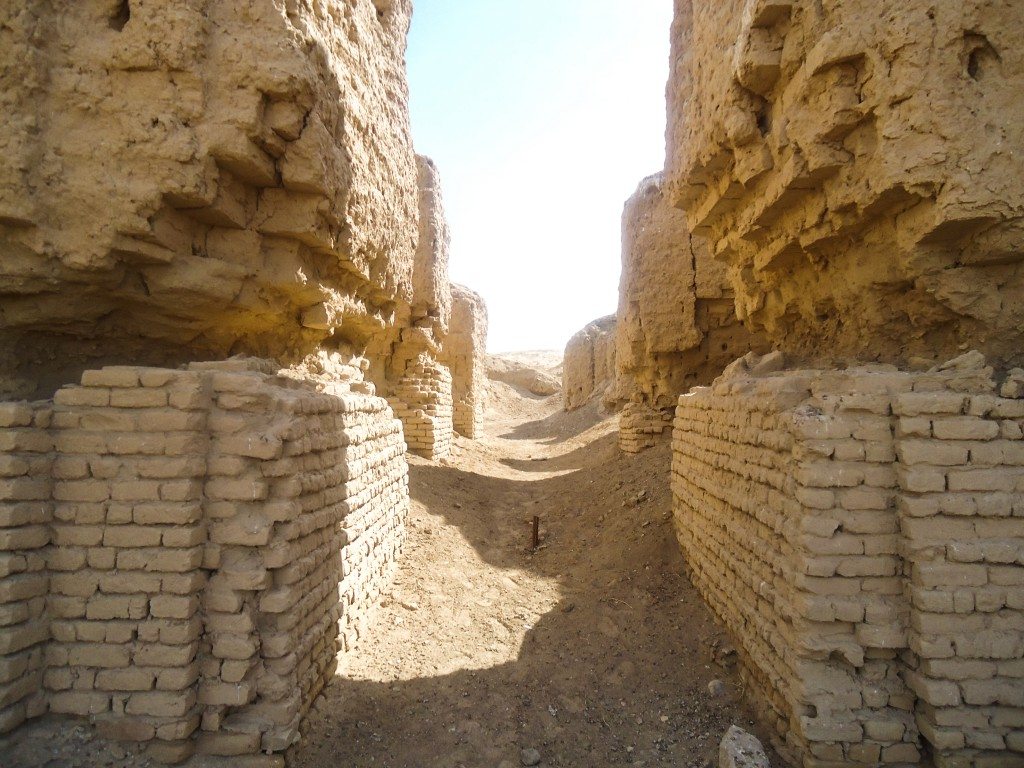
The ziggurat is divided into halves by this narrow entry point. There is an iron or copper bar in the middle (purpose?). This gap leads to a long path, which then divides into several paths that lead to several room-like ruins. Photo © Osama S. M. Amin.
Around the Ziggurat
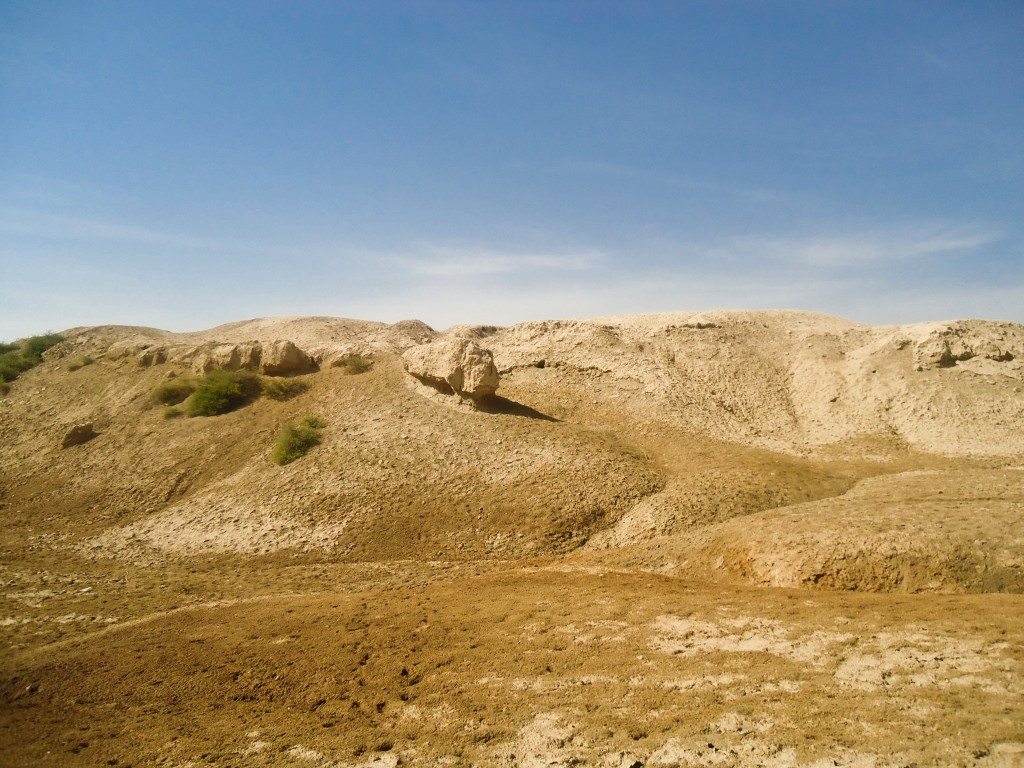
Mounds in front of the ziggurat ruins. Some small ruins of a building can still be seen there. Photo © Osama S. M. Amin.
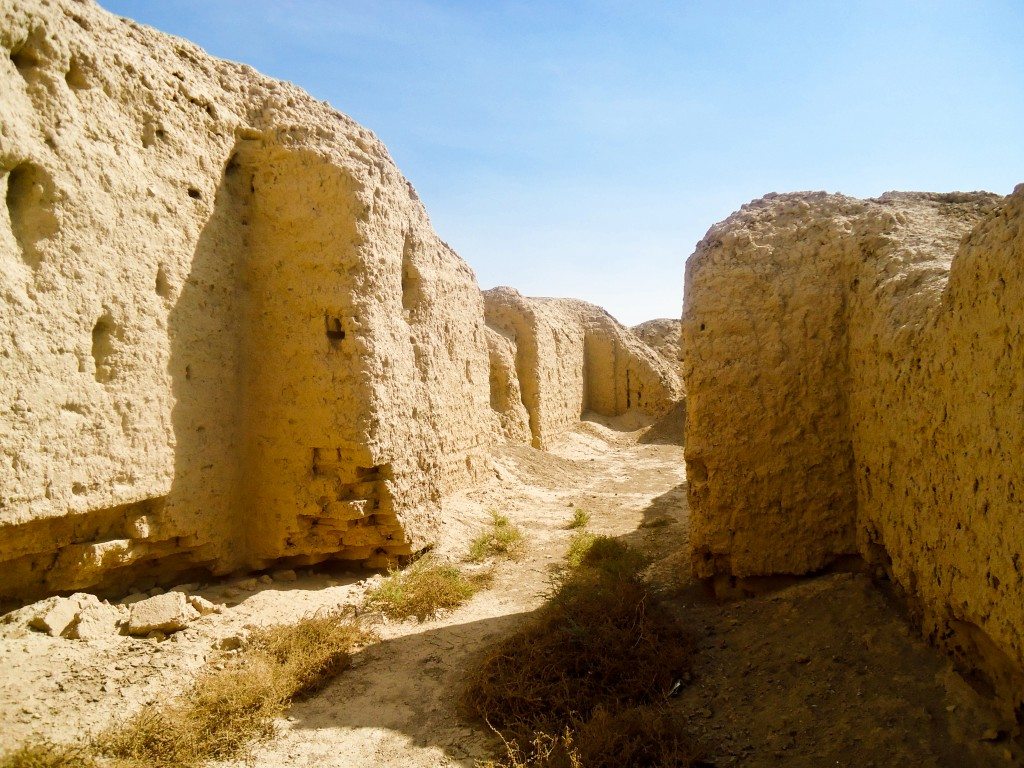
I don’t know what these represent. But they seem to be walls of something. Photo © Osama S. M. Amin.
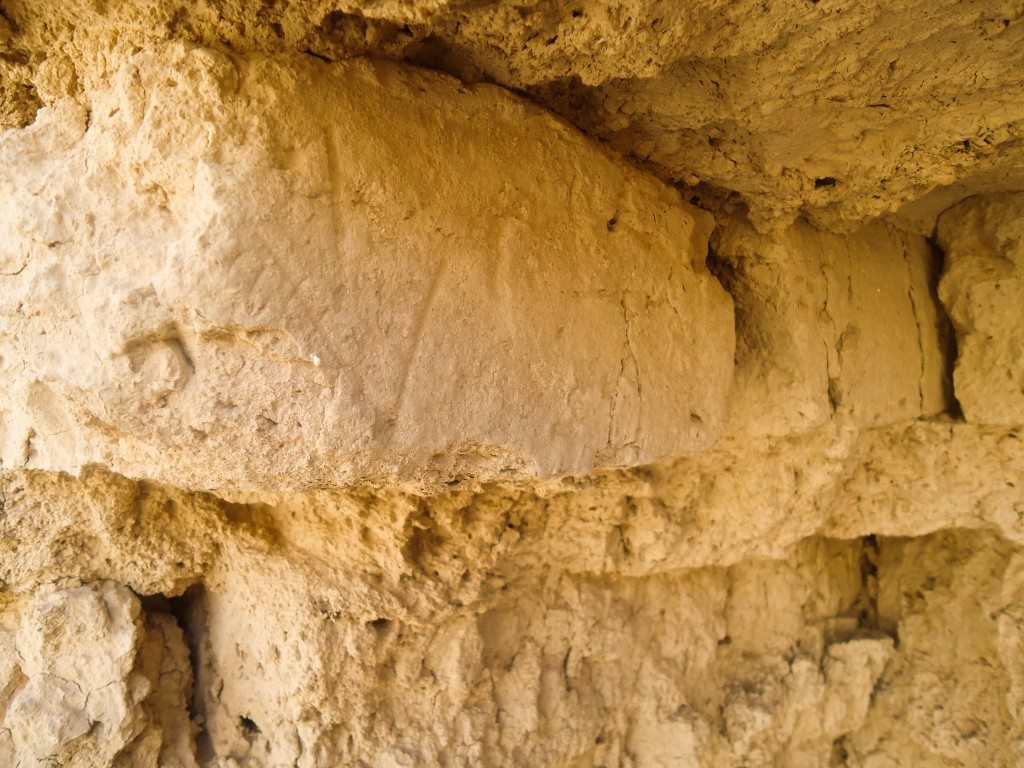
There was a hole inside one of the walls. I scrutinized it. I found this “arrow mark” which points downward. Who made it and for what? Photo © Osama S. M. Amin.
